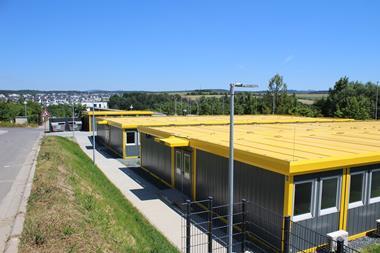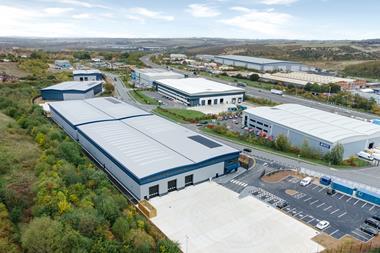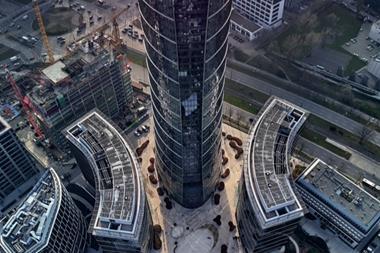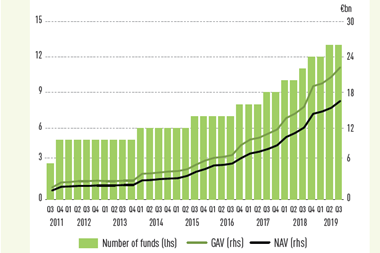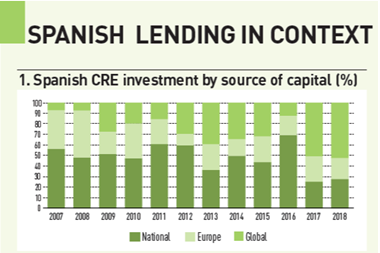Office space take-up in central London continues to rise, yet the metric used is “misleading” as it ignores vacancy, according to research by Seaforth Land.
Take-up has been shown to be positive in 2016 – CBRE estimated it to be at 12.1m sqft – but Seaforth Land’s research suggests this does not provide the full picture.
In fact, the level of departure by tenants in the city means more space was vacated than taken up last year.
The research, completed by Simon Durkin, director of strategy, research and operations explains that the take-up measure “ignores vacancy and can only ever be a positive number which only tracks new and renewed leases, even leases signed years before occupancy”.
Net Stock Absorption (NSA) is a more accurate measure of total leasing activity as it excludes forward commitments and nets out vacated stock, it said.
“The chasm between the two methodologies is glaring in 2016, where take-up of Central London offices was positive 12.1m sqft, but NSA over the same period actually fell by 3.0m sqft – meaning tenants vacated 3.0m sqft more than they occupied,” Seaforth Land said.
The latest data from CBRE show that, in the third quarter of 2017, central London’s office take-up was 3.4m sqft – a quarterly increase of 3% and higher than the 10-year average of 3.1m sqft.
Over the first three quarters of 2017, take-up was 9.2m sqft, which is 8% higher than at the same stage in 2016. The largest deal of the quarter was a 549,800sqft pre-let at 21 Moorfields, EC2, a proposed development connected to a new Crossrail station.
Emma Crawford, managing director, London leasing at CBRE, said: “The resilience of the central London market shows no sign of abating as appetite for prime office space continues to see strong demand, particularly amongst the banking and finance, business services and creative industry sectors which accounted for the highest percentage of the third quarter take-up.”





